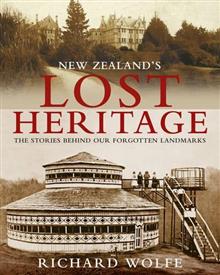Lest we Forget
"Significance of Anzac Day" from www.anzac.govt.nz
"On 25 April 1915, eight months into the First World War, Allied soldiers landed on the shores of Gallipoli peninsula. This was Turkish territory that formed part of Germany's ally, the Ottoman Empire.
The Allied forces encountered unexpectedly strong resistance from the Turks, and both sides suffered enormous loss of life.
The anniversary of the first day of conflict, does not mark a military triumph, however it does remind us of a very important episode in New Zealand history..."
New Zealand lost 2779 men and some 4852 were wounded, a terrible loss for Kiwi families that continues to impact on them to this day. Rotorua alone lost over 100 men.

 To commemorate the 100th Anniversary of WW1, 25 April 2015:
To commemorate the 100th Anniversary of WW1, 25 April 2015: The Poppy Project done by knitters nationwide was also entered by the Rotorua Yarn Bombers and anyone who wanted to knit a poppy. These are just two of the poppy installations in Fenton Street.
For more installations check out Government Gardens and the Rotorua Museum.
Rotorua's WWOne Memorial in the Government Gardens you can see this memorial near the Croquet Pavilion.
There are other memorials to our soldiers in Rotorua, there is one at the entrance to Whakarewarewa Village the "Te Hokowhitu a Tu" Memorial Arch commemorates soldiers of Tuhourangi who died in the two World Wars, opened 22 April 1950.
 |
| This memorial is at the entrance to Whakarewarewa Village, This image was copied from Facebook page "You know your'e from Rotorua when..." |

Title: Gallipoli
Artist: Logan Okiwi Shipgood
Medium: Oamaru Stone
This is the image I left Gallipoli with …
A battle weary soldier, a shell-shocked survivor contemplating what it was all for.
We didn’t succeed, yet we lost so many mates in the process. 8,000 Aus-sies, 2,000 kiwis, 25,000 Britts – and not to mention 70,000 of the enemy who on any other given day we could have shared a beer together.
See also my previous blog ww1-we-will-remember-them.html



